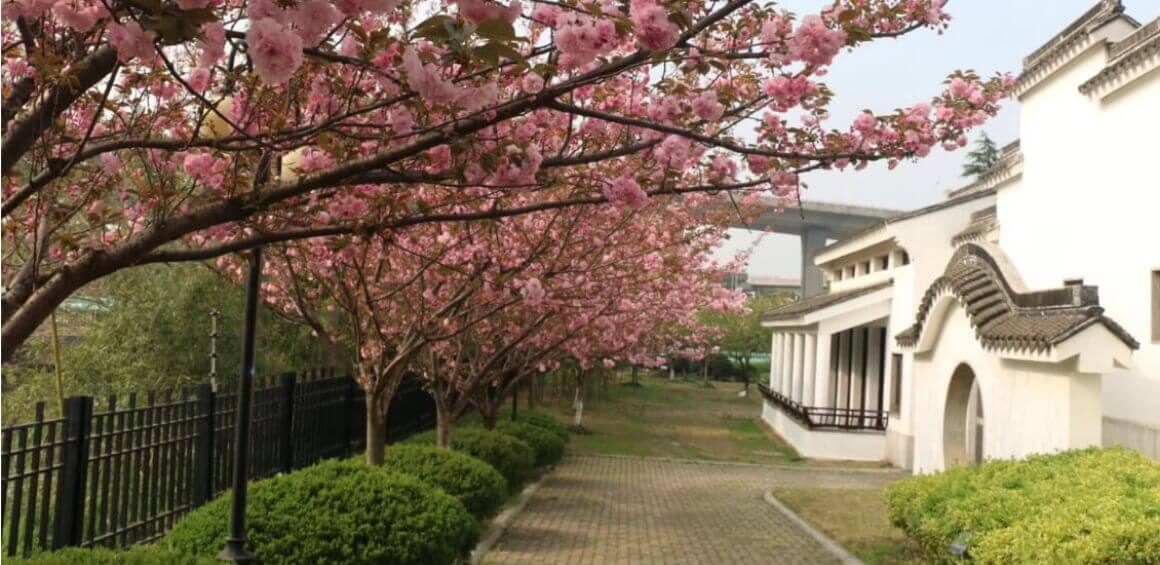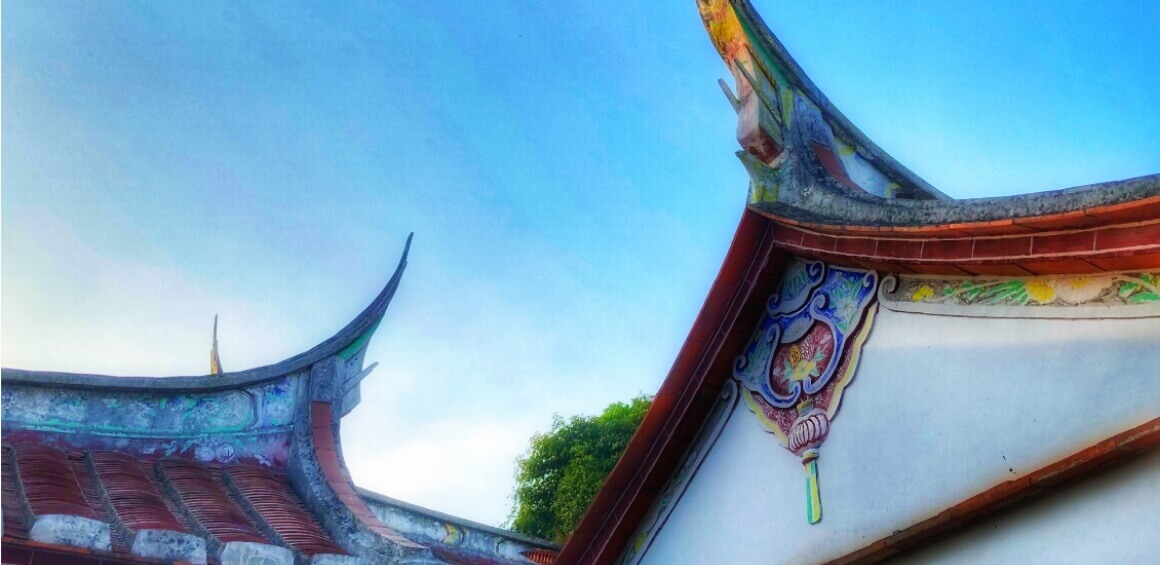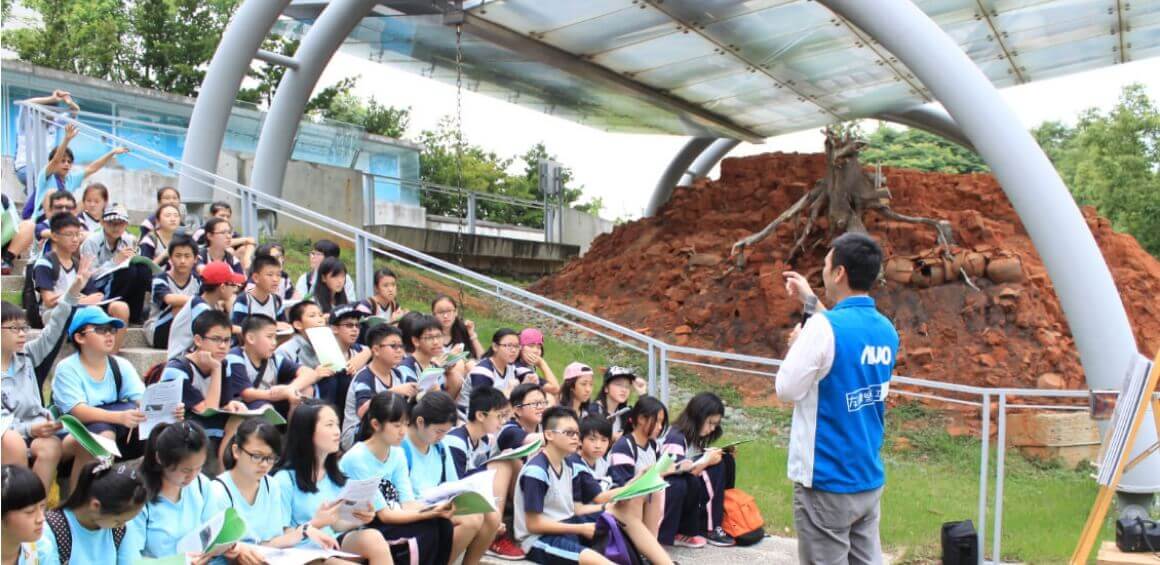AUO SDGs
AUO CSR EPS Targets
People
Quality Education
Business growth should take the diversified development of key stakeholders into account to promote inclusive growth for all.
Small Things Lead to Great Endeavors, Building AUO One Brick at a Time
The cultural legacy aspect of corporate social responsibility means that AUO is not just a developer. We also embrace the principles of “original traces, original condition and original site” in protecting the local cultural heritage.
- The venues used for welcoming guests are heritage sites that share our experience with cultural preservation.
- Large-scale company events and cultural classes familiarize the government, customers, suppliers, schools, communities, employees and their dependents and the general public with their cultural legacy so that it can be passed on.
- Employees are trained as cultural volunteers and their guided tours make them the best spokespersons for cultural preservation
2025 Targets
- Complete the reconstruction of the AUO Museum of Sidadun Kiln in 2020.
- Apply for formal recognition of Yeo-Yuan-Ju as a “protected heritage building” of Suzhou City.
- The number of guided tour visitors has increased eight times over eight years
- The goal is to increase the number of cultural volunteers by 20% per year.
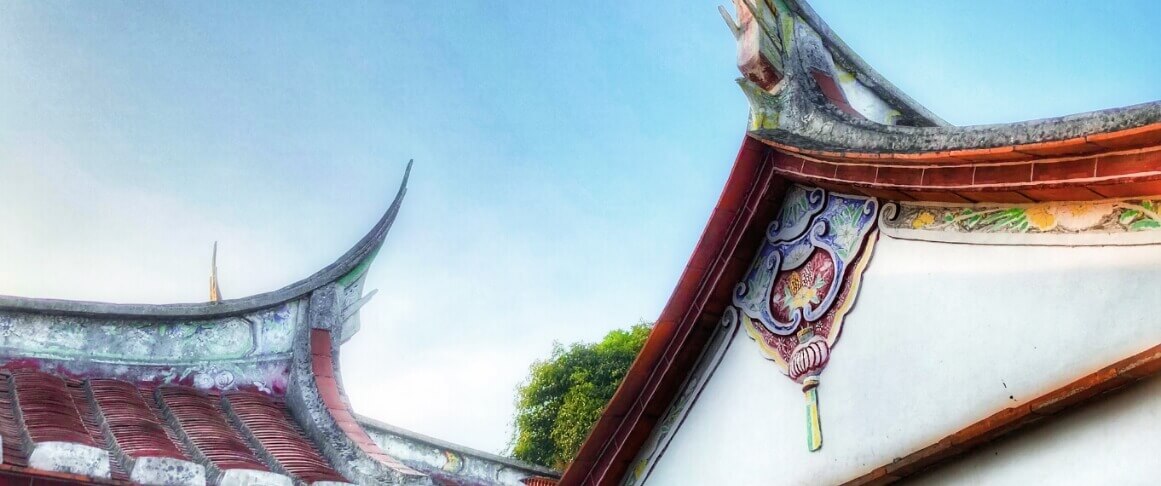
Visitors
36,131 persons
Course Attendance
35,612 persons
Volunteer participation
2,204 persons
Service
3,485.4 hours
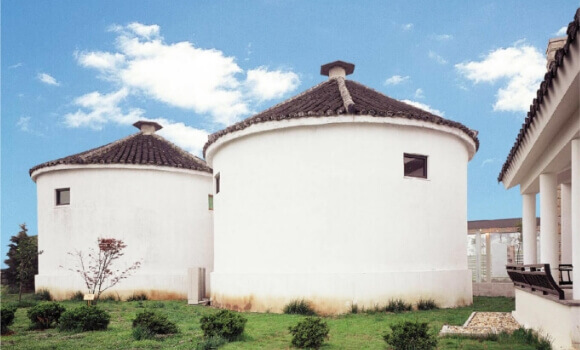
“Yeo-Yuan-Ju” at the Quatang Barns in Suzhou
When construction on AUO Suzhou Plant was coming to an end in 2002
Xiamen Shantou Village
Shantou Village was chosen as the site of the AUO Xiamen Plant in 2005. This historic Minnan village dating back more than 170 years was preserved by AUO in a planned manner out of our appreciation for culture and heritage.

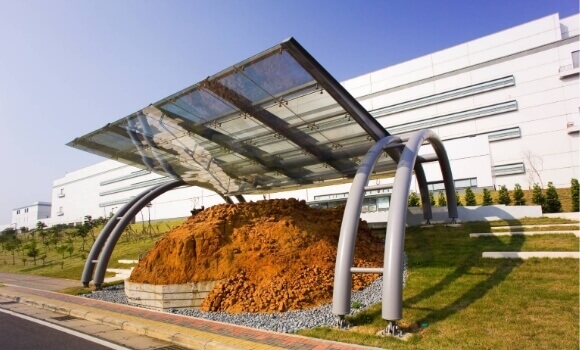
Taichung Sidadun Kiln
The “Sidadun Kiln” is located within the Taichung Plant. It was discovered during grading works in October 2003.
“Yeo-Yuan-Ju” at the Quatang Barns in Suzhou
When construction on AUO Suzhou Plant was coming to an end in 2002, we discovered the Quatang Barns that were a symbol of Jiangang’s tremendous wealth. AUO chose to preserve the two barns in their entirety as they represented how people used to live. Architectural experts were also brought in to develop a cultural exhibition center based around the two barns given the name “Yeo-Yuan-Ju” (Friendship Residence).
From barns to factories and from the humanities to technology, the Suzhou Plant was more than just a part of the AUO panel business. It also carried with it the precious memories and spaces of the historic township so that culture can continue to be passed down in a land of technology.
Visitors
9,569 persons
Volunteer Input
909 persons
Service Hours
1,356.4 hours
Xiamen Shantou Village
Shantou Village was chosen as the site of the AUO Xiamen Plant in 2005. This historic Minnan village dating back more than 170 years was preserved by AUO in a planned manner out of our appreciation for culture and heritage. Shantou Village with all of its rustic charm therefore remains intact amidst a modern, high-tech production plant as a showcase of Minnan’s simple culture. The site has become the landmark of the Xiamen Plant since its preservation. The architecture provides an in-depth experience of Minnan culture and the wisdom of early peoples. The unique culture and history of the Shantou Village has also been harnessed for education. The site has become a practice education base for the Haibin Primary School in 2017.
Visitors
4,945 persons
Volunteer Input
631 persons
Service Hours
458.5 hours
Taichung Sidadun Kiln
The “Sidadun Kiln” is located within the Taichung Plant. Itwas discovered during grading works in October 2003. With the concept of cultural sustainability for the preservation of cultural relics, the archaeological team of the Academia Sinica were invited to conduct an excavation the pottery kiln that was used to burn daily necessities during the mid-to late Qing Dynasty. In addition to preserving the integrity of the kiln, the Sidadun Kiln Story House was also established to give the general public a better understanding of advanced technologies during the Qing Dynasty through actual relics.
The “ Walk Study Program” conducted in partnership with Fuke Junior High School every year since 2010 has been attended by 4,632 new first-year junior high school students so far, making it an important rite of passage for new students. A series of challenge activities relating to culture,energy and energy conservation introduced the students to Sidadun Kiln, an example of culture and high-technology was applied during the Qing Dynasty, as well as methods of conserving energy.
Visitors
23,772 persons
Volunteer Input
664 persons
Service Hours
1670.5 hours





